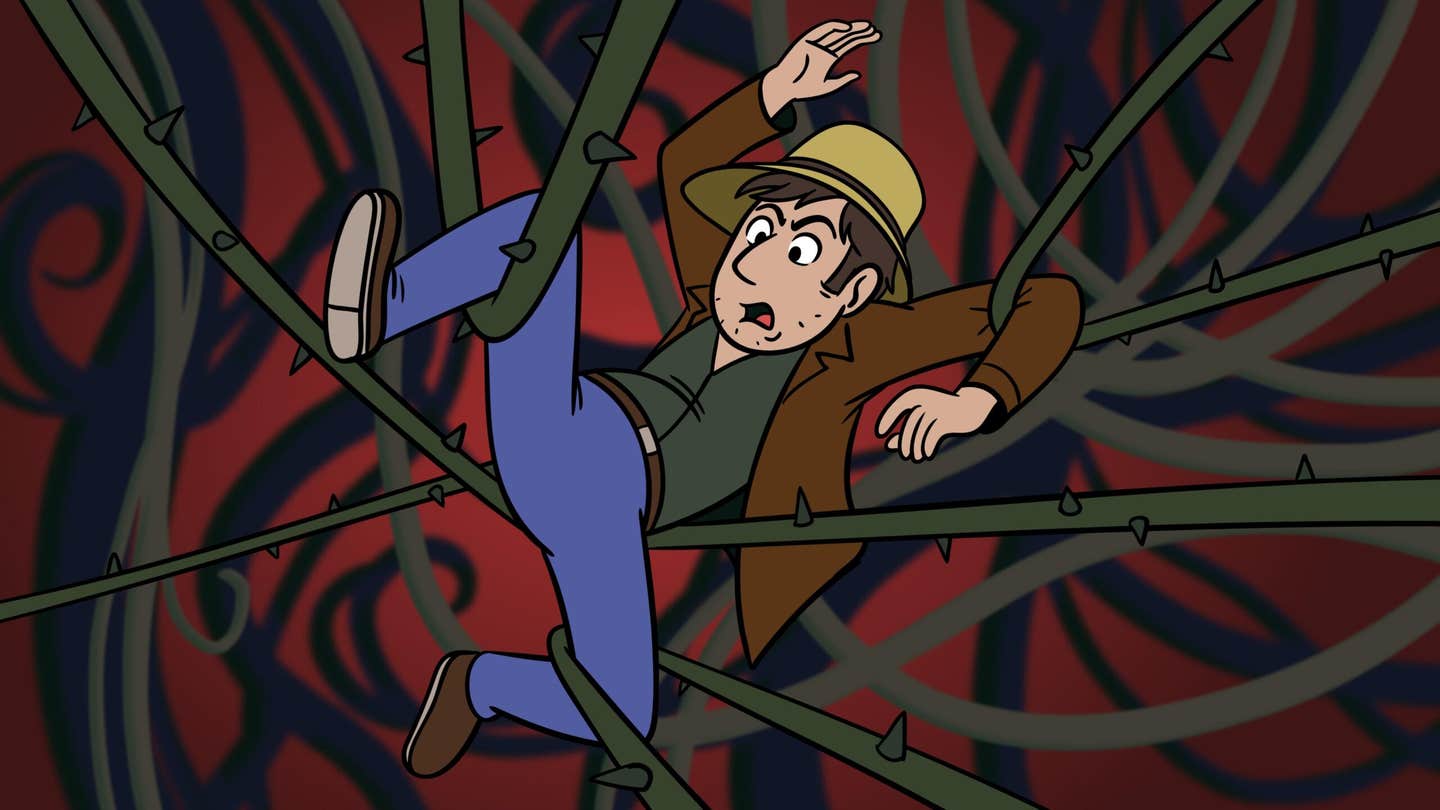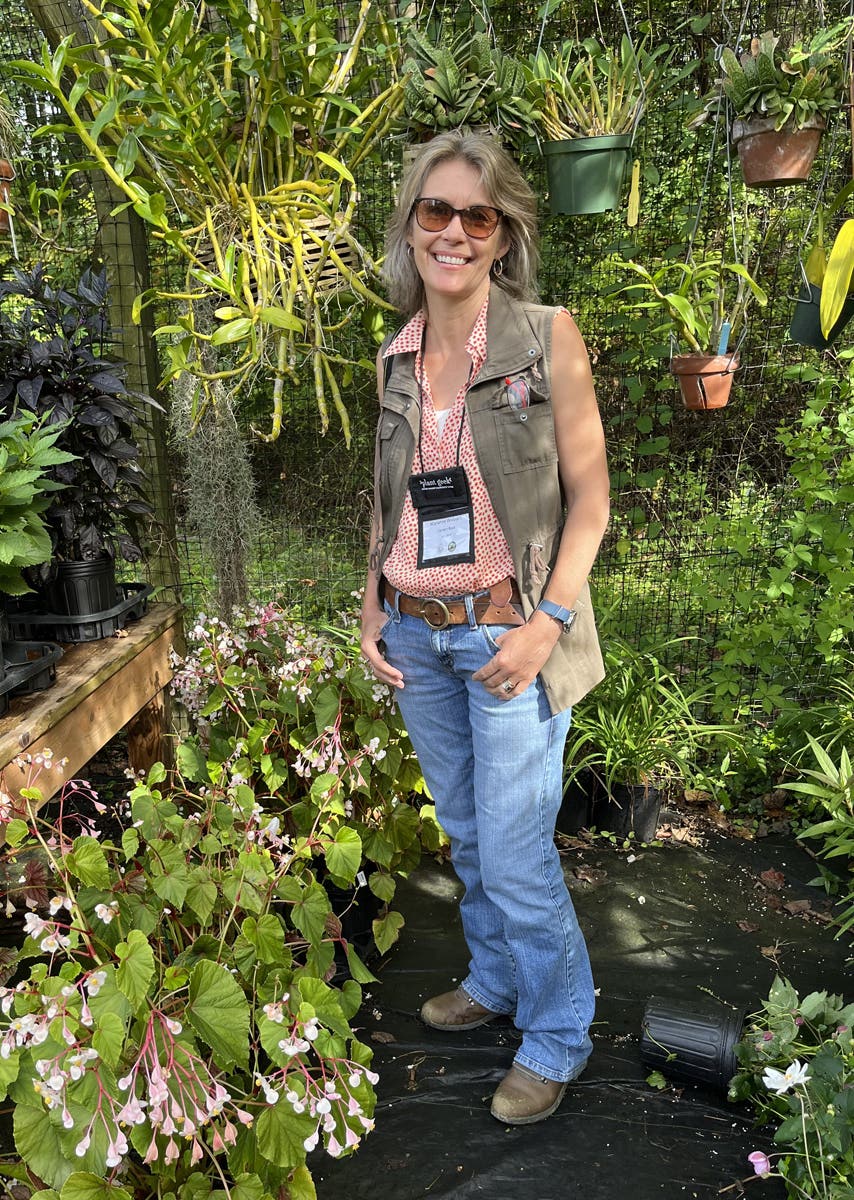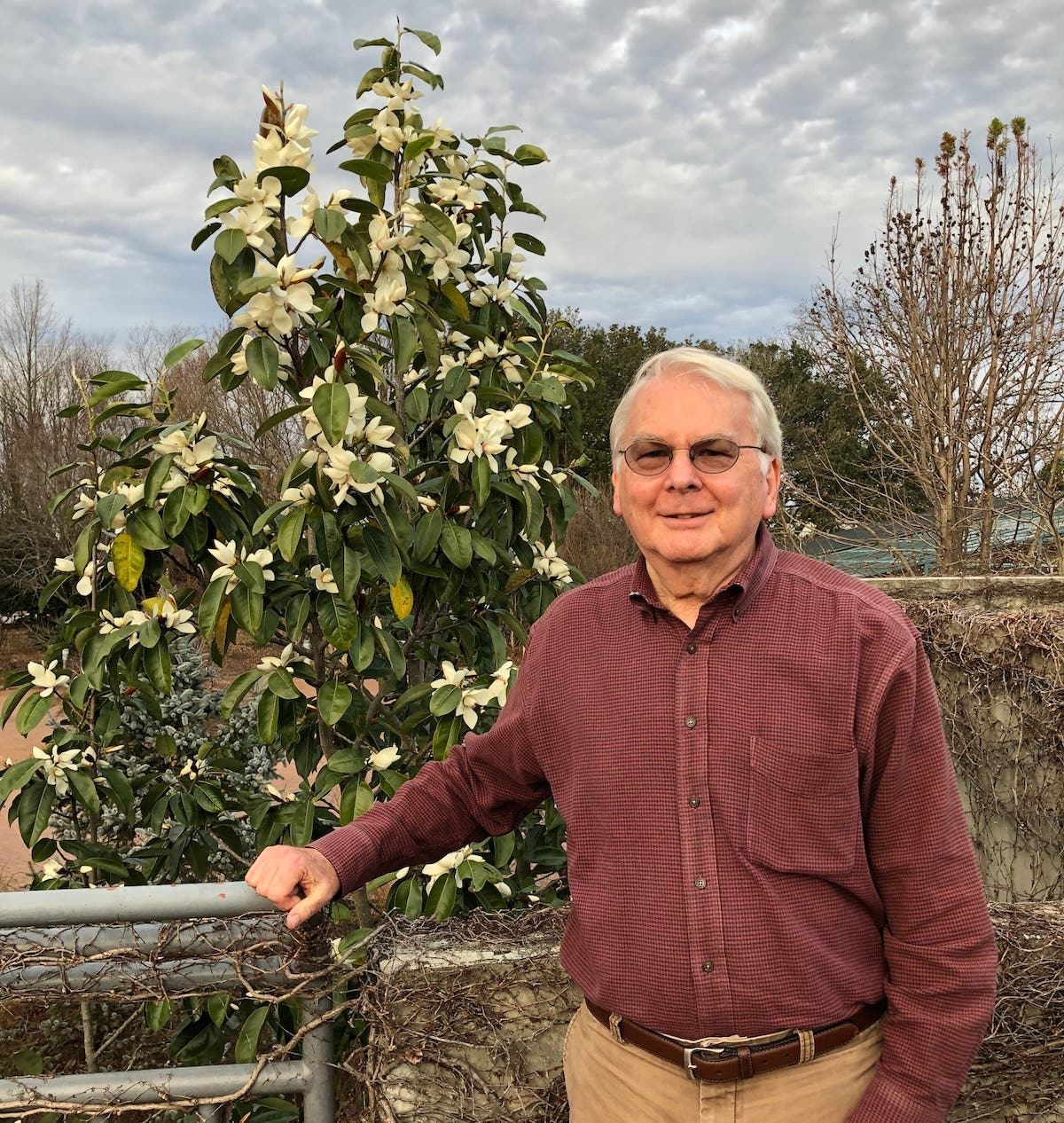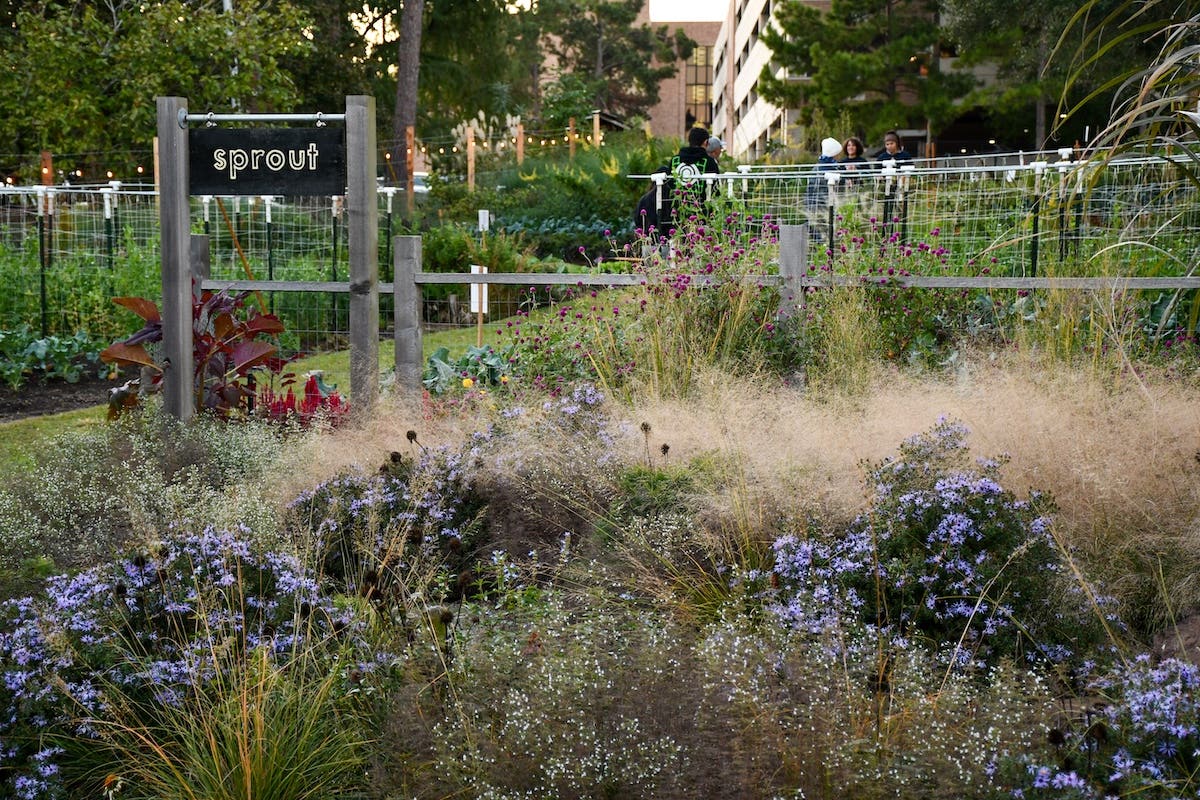Reducing Lawn Areas to Reduce Water Use
Look for alternative vegetation to plant and lose the lawn. An excerpt from Your Eco-friendly Yard (2009, Krause Publications).
Lawn areas are not good at absorbing heavy rains. The resulting run-off containing fertilizers, pesticides and pet wastes often ends up polluting nearby streams and lakes and ultimately your drinking water.
There are now about 40 million acres of lawn in the U.S. Lawn grasses here are not native, not even Kentucky bluegrass. Lawns are the largest irrigated crop in the country and even surpass corn (maize) acreage. Irrigation of lawns accounts for 40 to 80 percent of the water used (wasted) in city and suburban residential areas.
Reducing lawn areas will reduce your long-term maintenance costs and significantly reduce your need for pumping water for irrigation out of the ground. Most lawn grasses are "cool season" grasses and require a great deal of water to maintain them. In my climate (Midwestern), a quarter-acre lawn with a sprinkler system uses about 80,000 gallons of water in just 12 weeks. A one-acre lot uses a whopping 320,000 gallons of water in the same amount of time. You will benefit by using rainwater on your property, but it would be very difficult to irrigate a large lawn with rainwater because of the amount of water storage required. Large lawns are just not suited to most of the climates they are grown in. Replacing unused lawn areas with desirable vegetation suited to the growing conditions on your property can significantly reduce water needs.
5 Tips for Sustainable Water Use
1. Keep water as high up on your property as you can. Water will naturally move downhill. Moving water uphill requires energy input. The longer it take water to move downhill, the more opportunities you have to use it multiple times.
2. For every 2.33 feet that you raise water, it will exert one psi (pound of pressure per square inch). This is why water towers are so tall and why you want to take advantage of as much height in gravity-fed applications as possible.
3. Areas of your property that are wet now should not be drained. Take advantage of these areas. I grow wild rice, cranberries, decorative willows, native wetland plants and a variety of tree species for firewood in my wetland area.
4. Resist the urge to trench, channel or straighten excavations to move water faster. Doing so has the potential of creating erosion.
5. Slow the pace of water on hillsides by leaving natural features, including fallen trees, leaves and needles.
Tom Girolamo is a certified permaculture instructor and founder of Eco-Building & Forestry, LLC, where he provides design, consulting and installation of sustainable landscapes. Tom also founded the nonprofit organization Landscapes for Life Foundation, Inc., which provides education and training methods for generating repeatable, predictable results in sustainable landscapes. He lives in Mosinee, Wisconsin.







